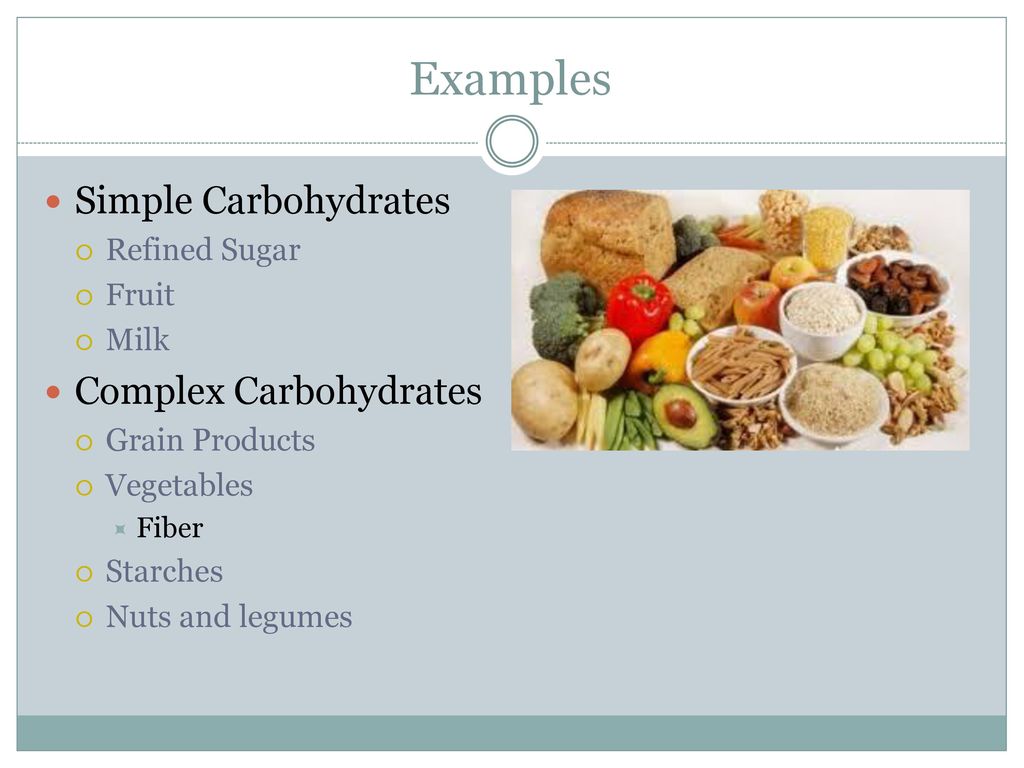Fast-Acting OTC Antifungal Treatments for Skin, Nails, and Scalp
Fungal infections on the skin, nails, and scalp can be uncomfortable and persistent, but over the counter (OTC) Antifungal treatments are an effective first line of defense. These treatments help to eliminate fungal growth, soothe irritation, and restore the affected areas. Here's a guide to the best fast-acting OTC Antifungal treatments available for different conditions.


1. Skin Fungal Infections (Athlete’s Foot, Ringworm, Jock Itch)
Common Symptoms:- Red, itchy, or scaly patches.
- Circular lesions (in the case of ringworm).
- Burning or cracking skin (athlete's foot).
- Clotrimazole (Lotrimin AF):
- How It Works: Inhibits fungal cell membrane synthesis.
- Usage: Apply a thin layer twice daily.
- Best For: Athlete’s foot, ringworm, and jock itch.
- Terbinafine (Lamisil AT):
- How It Works: Kills fungus by disrupting its cell membrane.
- Usage: Apply once daily for up to two weeks.
- Best For: Rapid relief from athlete’s foot and jock itch.
- Miconazole (Micatin):
- How It Works: Stops fungal growth and reduces itching.
- Usage: Apply twice daily for at least two weeks.
- Best For: Mild to moderate skin fungal infections.

2. Nail Fungal Infections (Onychomycosis)
Common Symptoms:- Thickened, discolored, or brittle nails.
- Separation of the nail from the nail bed.
- Undecylenic Acid (Fungi-Nail):
- How It Works: Inhibits fungal growth and improves nail texture.
- Usage: Apply directly to the affected nail and surrounding skin twice daily.
- Best For: Early-stage nail fungus.
- Tea Tree Oil (Natural Remedy):
- How It Works: Contains antifungal properties that inhibit fungal activity.
- Usage: Apply diluted tea tree oil daily to affected nails.
- Best For: Mild cases or as a supplementary treatment.
- Tolnaftate (Tinactin):
- How It Works: Prevents fungal growth and alleviates symptoms.
- Usage: Apply twice daily.
- Best For: Preventing recurrence of fungal infections.

3. Scalp Fungal Infections (Tinea Capitis)
Common Symptoms:- Scaly, itchy patches on the scalp.
- Hair loss or brittle hair.
- Swollen lymph nodes in severe cases.
- Ketoconazole Shampoo (Nizoral):
- How It Works: Treats fungal infections on the scalp by disrupting fungal cell membranes.
- Usage: Use 2–3 times per week, leaving the shampoo on for 5–10 minutes before rinsing.
- Best For: Mild to moderate tinea capitis and dandruff caused by fungus.
- Selenium Sulfide (Selsun Blue):
- How It Works: Reduces fungal growth and relieves itching.
- Usage: Apply to the scalp, leave for 5 minutes, and rinse thoroughly.
- Best For: Fungal-related scalp conditions.

Key Tips for Effective Treatment
- Consistency is Crucial:
- Use the treatment as directed, even if symptoms improve before the course is completed.
- Keep the Area Clean and Dry:
- Fungi thrive in moist environments, so ensure affected areas are clean and dry.
- Avoid Sharing Personal Items:
- Prevent spreading the infection by not sharing towels, shoes, or grooming tools.
- Supplement with Preventative Measures:
- Use antifungal powders or sprays in shoes and on skin prone to infection.









 Supplement Safety Tips
Supplement Safety Tips





 FAQs
FAQs